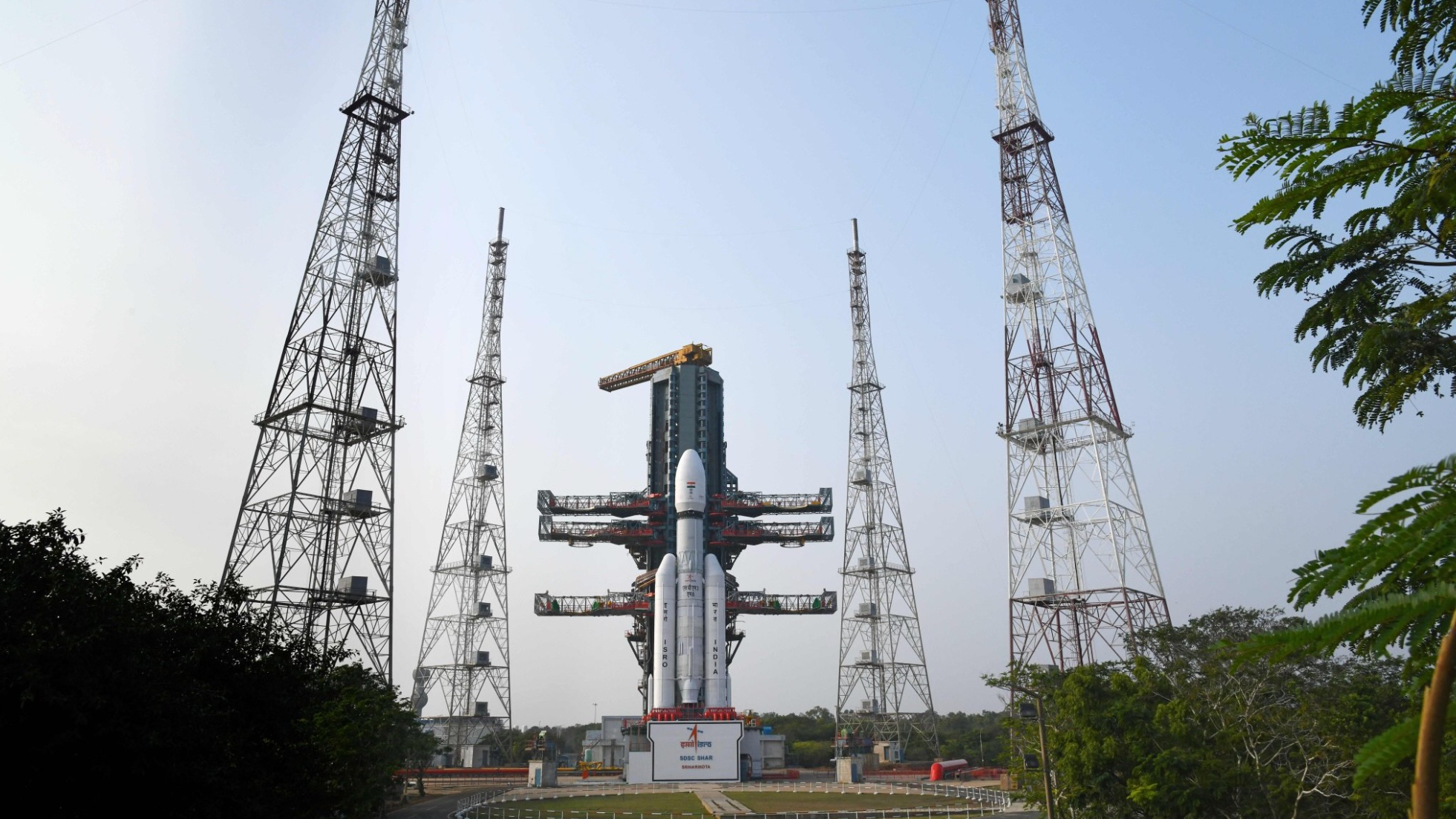Planet-Hunting Cubesat Spies Los Angeles from Space!

One of NASA's cubesat satellites captured a stunning aerial view of California's "City of Stars."
On March 29, a small satellite called ASTERIA — the Arcsecond Space Telescope Enabling Research in Astrophysics — spied on the Golden State, capturing views of the greater Los Angeles area and the massive grid of illuminated city streets and highways, according to a statement from NASA.
The photo captures a region of about 30 square miles (70 square kilometers) and includes several notable landmarks like the Dodger Stadium, the Rose Bowl Stadium and NASA's Jet Propulsion Laboratory, where ASTERIA was built.
Related: In Photos: The 2018 California Wildfires as Seen from Space
ASTERIA is a miniature satellite that launched in August 2017. Generally, ASTERIA searches for new exoplanets — planets beyond our solar system. However, the recent images were taken to test the precision-pointing capabilities of the satellite's onboard hardware, according to the statement. That skill was the top priority during mission design, since typically small satellites are too wobbly to produce an image sharp enough for scientists to use in exoplanet detection.
ASTERIA's precision pointing allows the satellite to observe stars for long periods. ASTERIA looks for small changes in a star's brightness that would suggest a planet has passed in front of it.
This method, known as the transit method, is used by other NASA spacecraft, including the Transiting Exoplanet Survey Satellite (TESS), which launched in 2018, and the recently retired Kepler space telescope.
Breaking space news, the latest updates on rocket launches, skywatching events and more!
ASTERIA is currently operating in an extended mission phase, during which engineers are testing an onboard navigation system that may allow the satellite to autonomously determine its own orbit, according to the statement. If that testing goes smoothly, it would confirm that cubesats can fend for themselves even if they lose signal from GPS satellites or controllers on the ground.
Editor's Note: This article was edited to include the correct conversion for the 70 square km field of view.
- California's 'Superbloom' of Wildflowers Looks Spectacular from Space!
- The Strangest Alien Planets (Gallery)
- Kepler Space Telescope's 1st Exoplanet Candidate Finally Confirmed
Follow Samantha Mathewson @Sam_Ashley13. Follow us on Twitter @Spacedotcom and on Facebook.

Samantha Mathewson joined Space.com as an intern in the summer of 2016. She received a B.A. in Journalism and Environmental Science at the University of New Haven, in Connecticut. Previously, her work has been published in Nature World News. When not writing or reading about science, Samantha enjoys traveling to new places and taking photos! You can follow her on Twitter @Sam_Ashley13.
